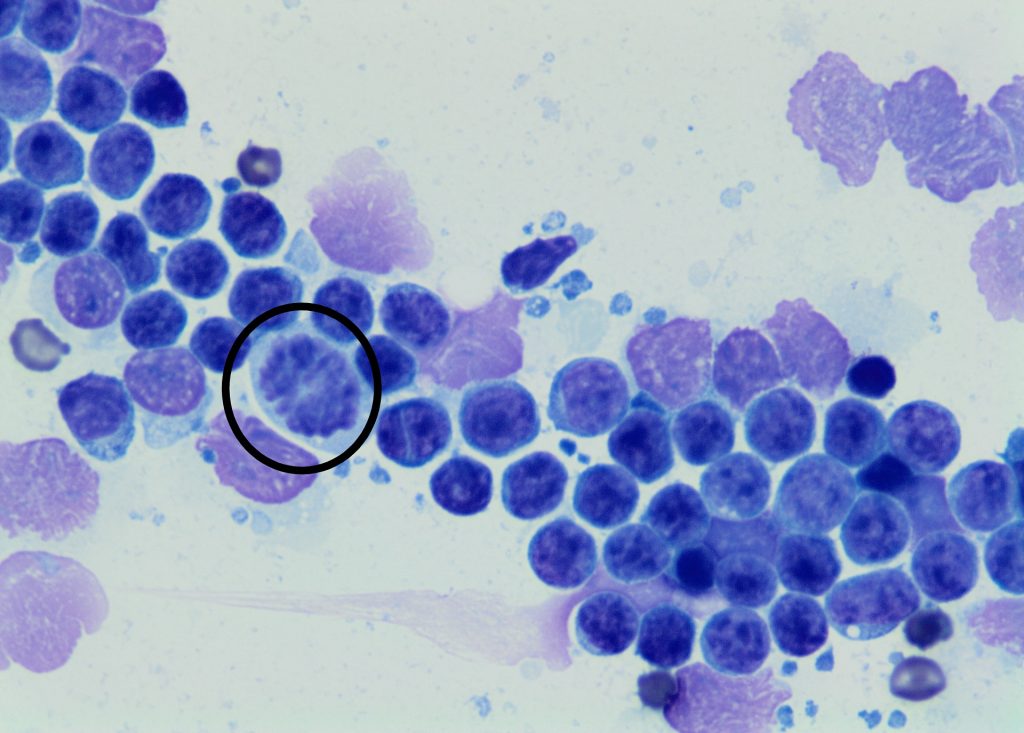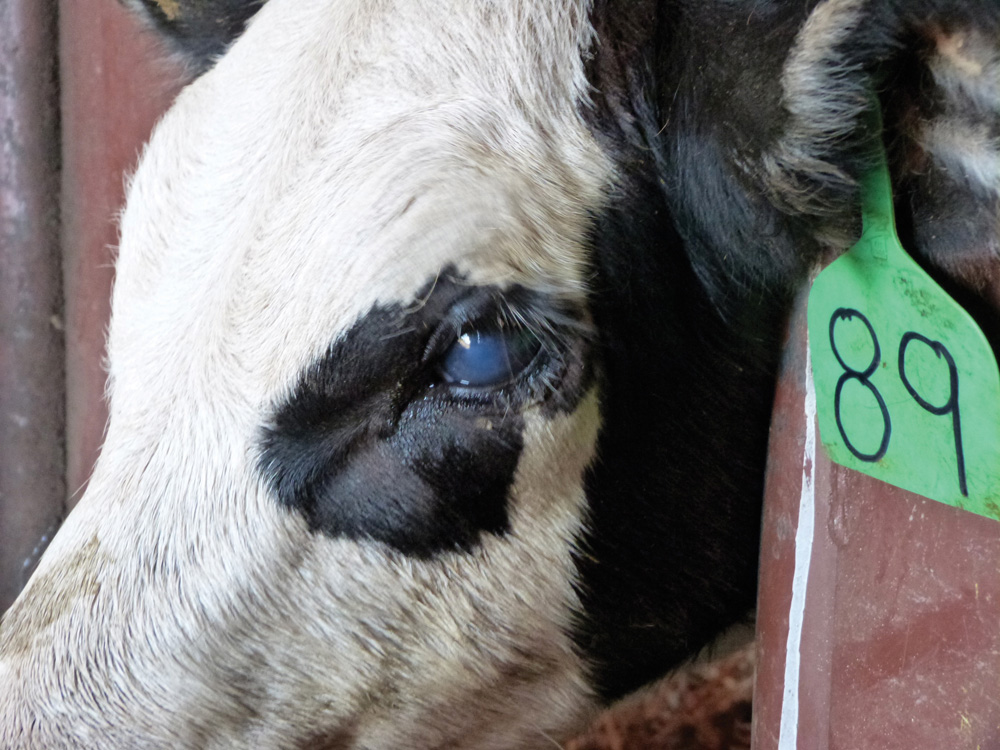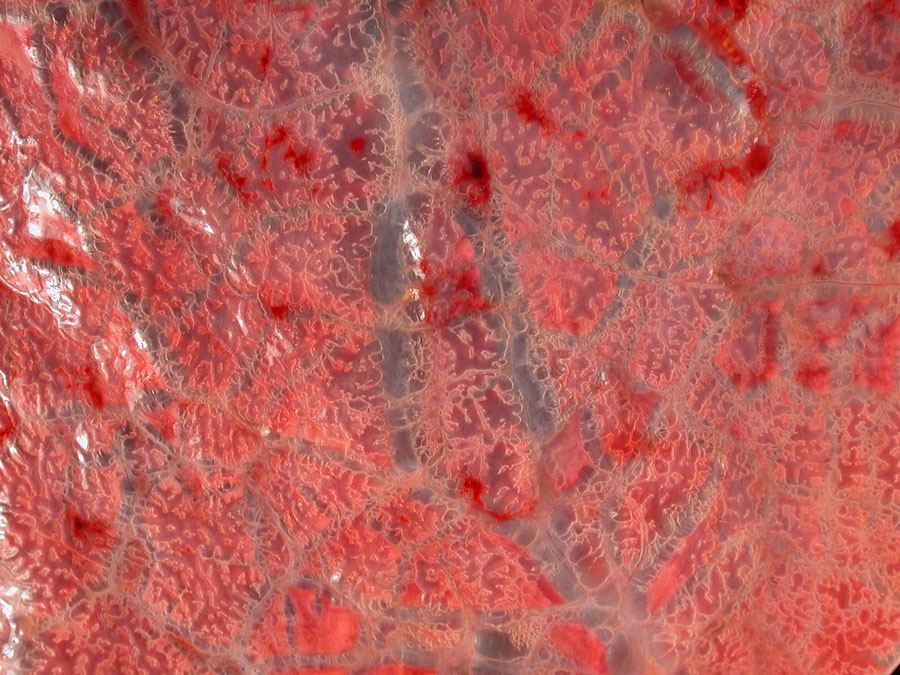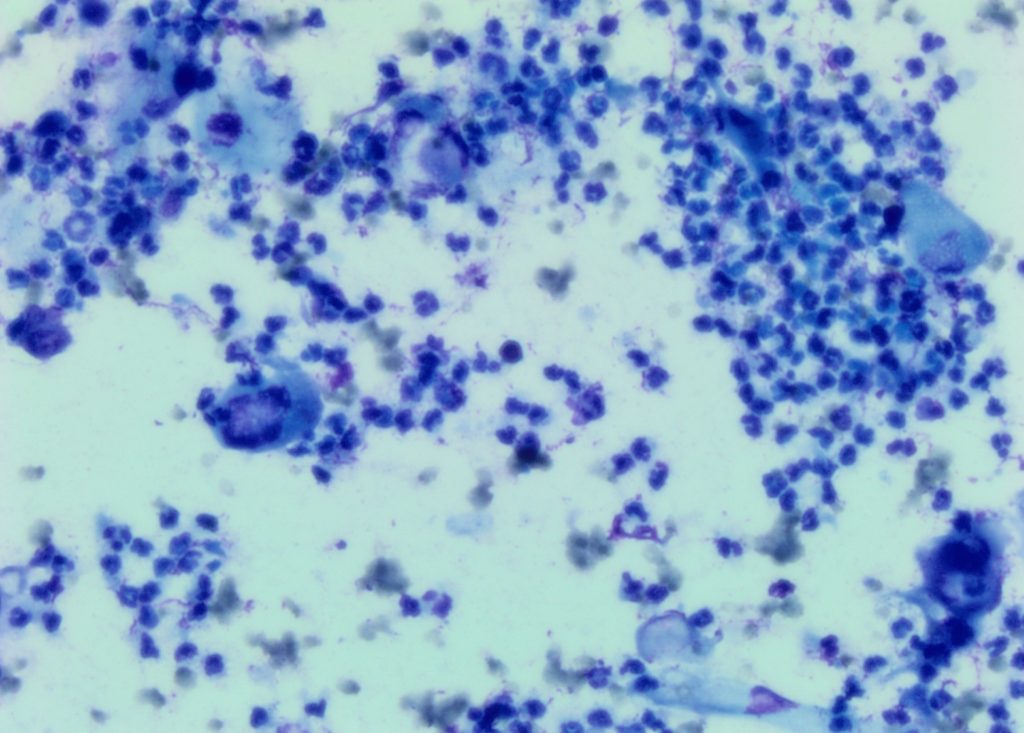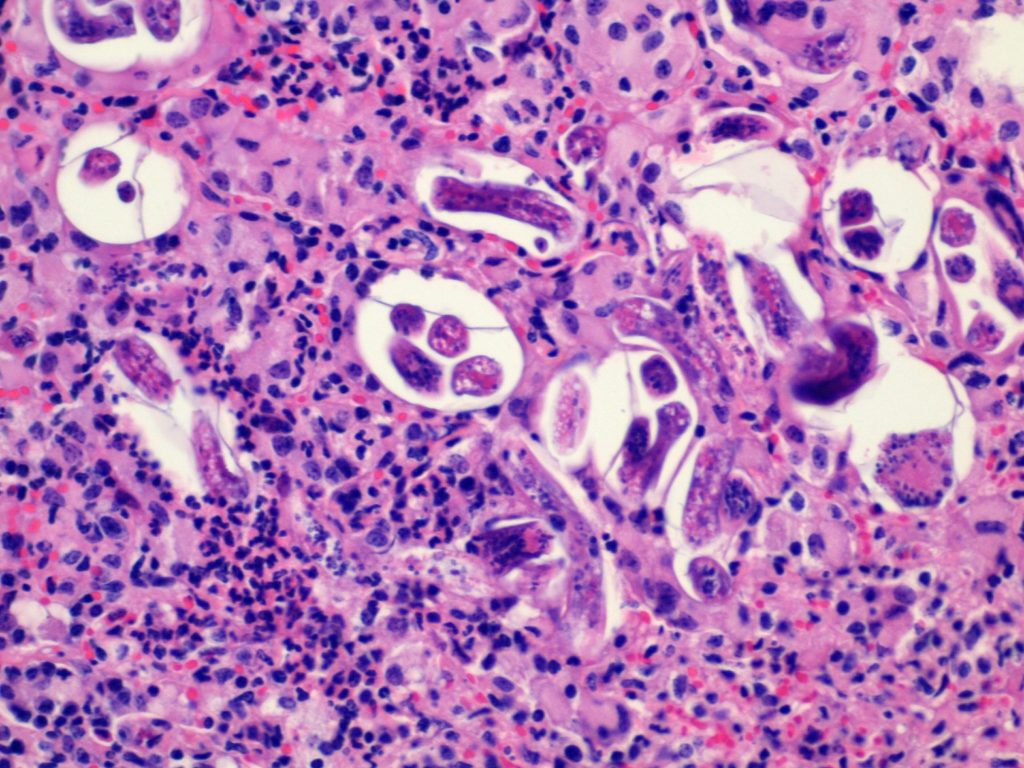Zoonoses
AMY WEEDENA case recently received by our Auckland laboratory provided a good reminder that it’s always important to be aware of zoonoses when handling both patients and diagnostic samples.We don’t always get excited by skin scrapings, but a recent submission from a dog with severe skin disease did get us all a twitter, and even […]


